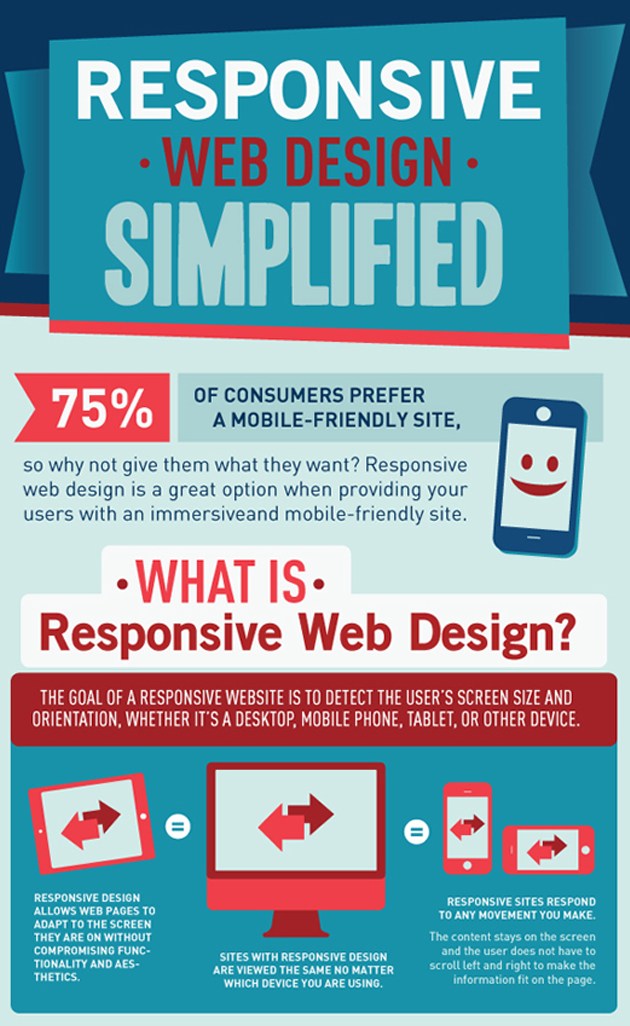Intrigued In Discovering How Website Layout Has Changed For Many Years? Explore The Journey
Intrigued In Discovering How Website Layout Has Changed For Many Years? Explore The Journey
Blog Article
Writer-Thorsen Molina
In the past, internet sites were basic and concentrated on details. Navigation was straight, and layout was for desktops. Now, individual experience is essential. Data guides layouts for very easy navigating. Responsive designs match different gadgets. Today, dark setting lowers strain, and minimalist food selections improve navigation. Interactive attributes involve individuals, and bold visuals attract attention. AI assimilation improves engagement. See exactly how style has progressed to improve your online journey.
Very Early Days of Website Design
In the very early days of website design, simpleness reigned supreme. Sites were standard, with minimal shades, font styles, and designs. search engine optimization for new website got on offering information instead of fancy visuals. Individuals accessed the internet via slow dial-up links, so rate and capability were crucial.
Navigation food selections were straightforward, usually situated on top or side of the web page. https://www.forbes.com/sites/forbesagencycouncil/2022/03/14/6-secrets-to-effective-seo-copywriting/ were made for computer, as mobile surfing wasn't yet common. Content was king, and designers prioritized easy readability over intricate layout elements.
HTML was the primary coding language used, and developers needed to function within its restrictions. Computer animations and interactive attributes were very little contrasted to today's criteria. Websites were fixed, with little dynamic web content or tailored user experiences.
Surge of User-Focused Design
With the development of website design, a change towards user-focused layout principles has actually become significantly famous. Today, creating internet sites that focus on individual experience is important for involving visitors and accomplishing organization objectives. User-focused layout involves recognizing the needs, choices, and behaviors of your target audience to tailor the web site's format, content, and features accordingly.
Developers now carry out detailed research study, such as individual surveys and use testing, to gather understandings and responses directly from individuals. This data-driven approach aids in producing intuitive navigating, clear calls-to-action, and aesthetically attractive interfaces that resonate with visitors. By putting the customer at the facility of the layout procedure, internet sites can deliver an extra tailored and delightful experience.
Responsive design has also emerged as a crucial element of user-focused design, guaranteeing that web sites are optimized for numerous devices and screen dimensions. This flexibility enhances availability and functionality, catering to the diverse methods individuals connect with internet sites today. In essence, the rise of user-focused style indicates a shift in the direction of producing digital experiences that focus on the demands and expectations of completion customer.
Modern Trends in Website Design
Check out the most recent fads shaping website design today. One popular fad is dark setting layout, offering a sleek and modern-day appearance while minimizing eye pressure in low-light atmospheres. Another vital fad is minimalist navigating, streamlining menus and enhancing user experience by concentrating on essential elements. Integrating micro-interactions, such as animated switches or scrolling impacts, can create a more interesting and interactive web site. Receptive style stays vital, ensuring seamless user experiences across numerous gadgets. Furthermore, making use of vibrant typography and asymmetrical formats can add aesthetic interest and draw attention to specific material.
Integrating AI innovation, like chatbots for consumer support or tailored recommendations, improves user interaction and improves procedures. Ease of access has likewise become a considerable fad, with developers prioritizing inclusive layout methods to deal with diverse user demands. Accepting sustainability by enhancing internet site efficiency for rate and efficiency is an additional emerging pattern in website design. Working together with individual comments and data analytics to repeat and improve style continually is vital for remaining relevant in the ever-evolving electronic landscape. By accepting these modern-day trends, you can produce a visually appealing, user-friendly website that reverberates with your audience.
Final thought
As you assess the evolution of website layout from the early days to currently, you can see exactly how user-focused style has come to be the driving force behind contemporary trends.
Accept the trip of change and adaptation in website design, constantly keeping the individual experience at the leading edge.
Keep existing with the most up to date patterns and technologies, and never ever quit progressing your strategy to develop visually spectacular and straightforward sites.
Advance, adjust, and develop - the future of website design is in your hands.
